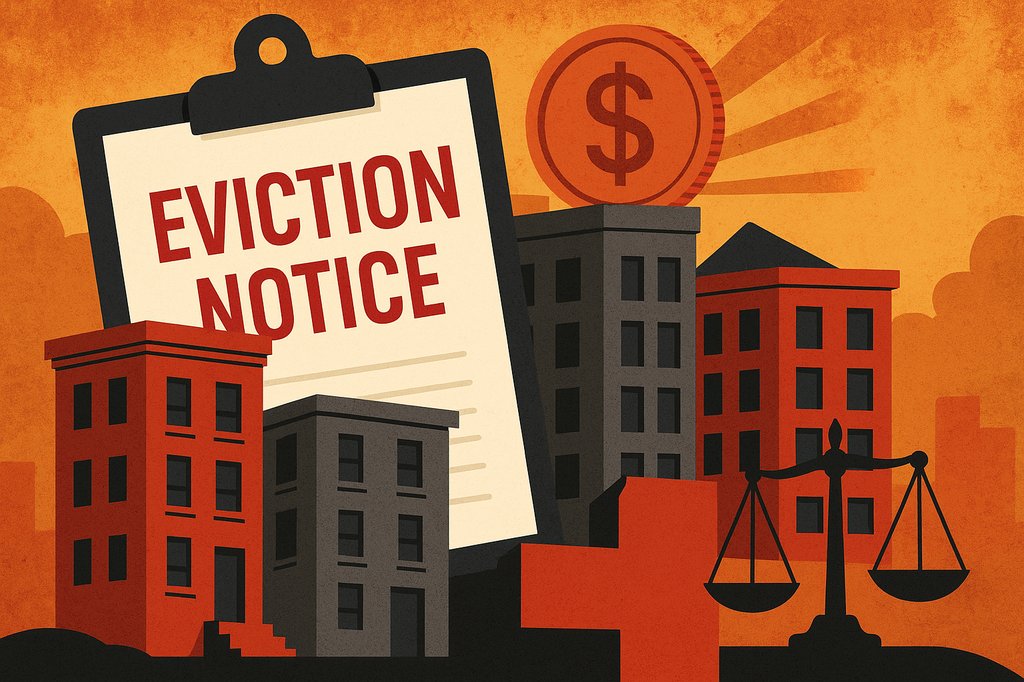How to Sell Real Estate and Defer Taxes (Potentially Forever) With a 1031 Exchange
By Christopher Miller, MBA
Specialized Wealth Management
Last month’s article introduced investors to the 1031 Exchange, a powerful tool for deferring taxes on property sales and keeping all the potential growth and earnings from your equity. This month, I’ll walk you through the steps necessary to complete such an Exchange.
Step One – When Selling Your Property, Put “1031 Exchange Language” In the Contract
The first step of your 1031 Exchange will come when you enter a contract to sell your property to a buyer. Although this isn’t explicitly required by the IRS code, it is a good idea to document your “intent” to complete an exchange. Such intent can be established by inserting the following paragraph into your sales contract: “Buyer is aware that seller intends to perform an IRC Section 1031 tax-deferred exchange. Seller requests buyer’s cooperation in such an exchange and agrees to hold buyer harmless from any and all claims, costs, liabilities, or delays in time resulting from such an exchange. Buyer agrees to an assignment of this contract to a qualified intermediary by the seller.”
Step Two- Open an Accommodator Account
Next, you’ll want to open an Exchange Accomodator account. To complete a tax-deferred 1031 Exchange, the IRS says that you – the seller – can not take constructive receipt of the sales proceeds. This means that your escrow company wiring the sales proceeds to your checking account will create an irreversible taxable event. In order to avoid this, the sales proceeds need to be sent to a third party called an accommodator or a qualified intermediary.
This third party will work like an escrow company. Your Accommodator will receive your sales proceeds and hold them in an account for your benefit while awaiting your instructions. When you have selected a replacement property (more about that in step 3), you will notify your accommodator to send funds to that seller in order to complete your purchase.
I recommend accommodators to my clients that satisfy three conditions. These accommodators are: A., Companies I have worked with for over 20 years, and I’ve experienced great performance and service hundreds of times B. Using separate accounts for each investor and C. Bonded to ensure the safety of my clients’ principal.
Step Three – Shop for Potential Replacement Properties and, By the 45th Day, Identify Some Properties You Might Buy
In a Tax-Deferred 1031 Exchange, the IRS will allow you to defer – potentially forever – Capital Gains and Depreciation Recapture taxes on your property sales proceeds IF you replace that property with another through an exchange.
Once your property sells and the accommodator has your funds, you’ll have 45 days to identify some properties that you might buy as replacement properties. The most common method is to identify three potential replacement properties – but more can be identified as well provided that certain rules are followed.
Step Four – In 135 More Days (180 Total), Close a Purchase of One, Some, or All of the Properties You Identified
Once your properties are identified, you’ll have 135 more days (or 180 days total) to close your purchase of one, some or all of the properties you identified. This will complete your 1031 Exchange and ensure your tax deferral.
Make the Identification Process Optional with Partial Interest Properties
As many of my readers know, I specialize in helping investors buy partial interest properties as replacement properties for 1031 Exchanges. They can trade their local investments for part of a 300 Unit apartment complex in Dallas or a portion of an Amazon warehouse in Atlanta. In doing so, my clients can retire from active real estate management while deferring taxes and keeping their income and growth potential through new investments.
While orchestrating a 1031 Exchange, 45 days can seem like a pretty short time period for completing inspections and negotiations and arranging financing for a new purchase. My partial interest properties are turn-key: Once we choose a property for an investor, we’ll complete some paperwork and close within 7 days. Some of our properties are debt-free, while others have permanent financing attached for investors who seek debt replacement for their 1031 Exchanges, or seek greater depreciation benefits through additional basis acquisition. These non-recourse loans, when they exist, are also “turn key.” The loan is made to the property and not the DST investor, so no extra paperwork or time is required.
The 1031 Exchange is a powerful tool that helps us, by delaying taxes from investment sales, take advantage of compounded returns just like IRA accounts. By keeping all of our money invested rather than paying big chunks out in taxes, we can enjoy maximum income and growth potential. If you have any questions, my toll-free office number is (877) 313-1868.
Christopher Miller is a Managing Director with Specialized Wealth Management and specializes in tax-advantaged investments including 1031 replacement properties. Chris’ real estate experience includes work in commercial appraisal, in institutional acquisitions for a national real estate syndicator and as an advisor helping clients through over five hundred twenty five 1031 Exchanges. Chris has been featured as an expert in several industry publications and on television and earned an undergraduate business degree and an MBA emphasizing Real Estate Finance from the University of Southern California. Chris began his real estate career in 1998. Call him toll-free at (877) 313 – 1868.
Securities offered through Emerson Equity LLC, member FINRA/SIPC. Emerson Equity LLC and Specialized Wealth Management are not affiliated. All investing involves risk. Always discuss potential investments with your tax and/or investment professional prior to investing.










